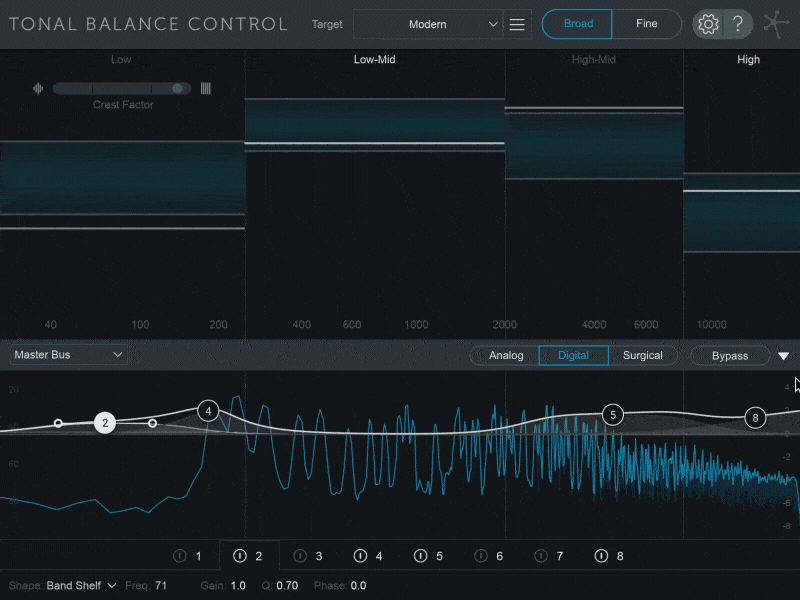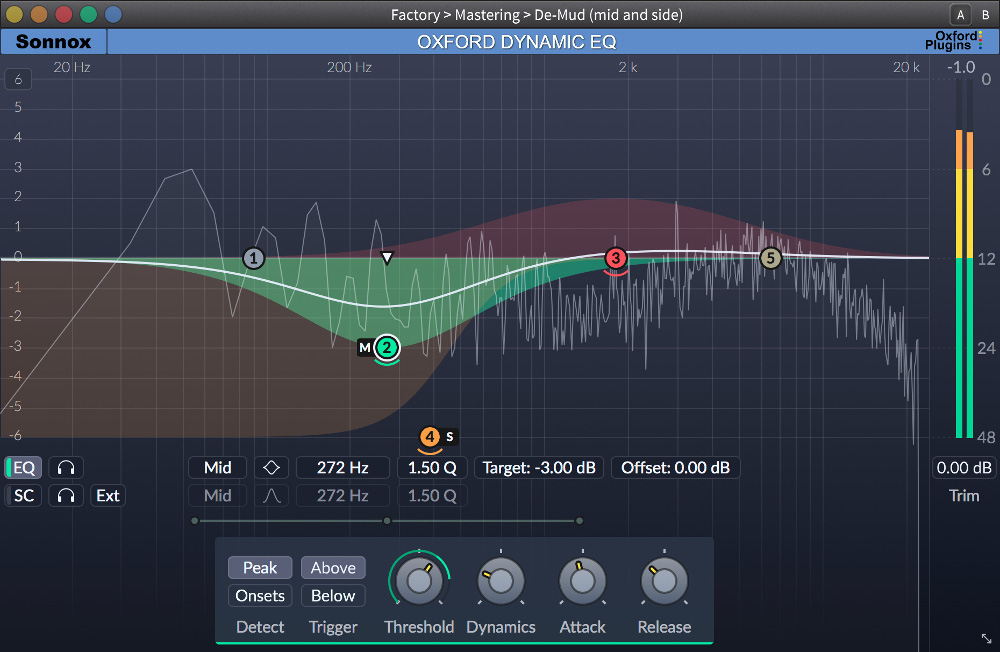

In other words, the adjustment is static. Well, sometimes you can, but when you turn something down, remember it is always turning it down by the same amount. You can leave the rest of the sound intact.īut why can’t you just use EQ to turn down that specific frequency range?

This is what multiband compression allows you to do, and that’s why it sounds so transparent. Instead, imagine you could take a slice of the frequency range out and compress that as a separate source. That is, a narrow or wide range of frequencies may have a lot of dynamics in them, but the rest of the sound doesn’t have as much variation.Īpplying a normal compressor might not solve the issue, as the tonal inconsistency may still not be loud enough to trigger the compressor as a whole. Sometimes, a sound has what we call tonal inconsistencies. This allows you to achieve more nuanced compression because you could, for example, compressor the high-end above 10kHz heavily but leave the low end more subtly compressed. Think of it as combining an EQ with a compressor. This is Ableton Live’s Multiband Dynamics, applying 3 different types of compression to each of the high, mid and low bands. So, what actually is multiband compression?Įssentially, multiband compression is the process of splitting the frequency band into 2 or more bands and applying different types of compression on each.


 0 kommentar(er)
0 kommentar(er)
